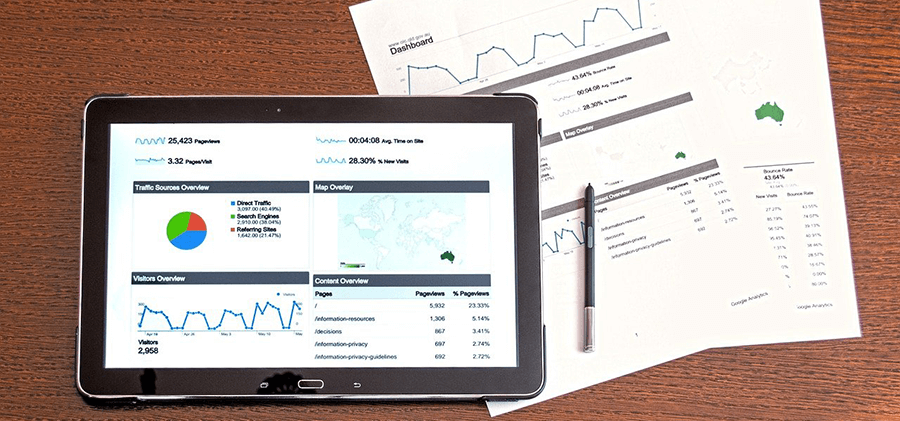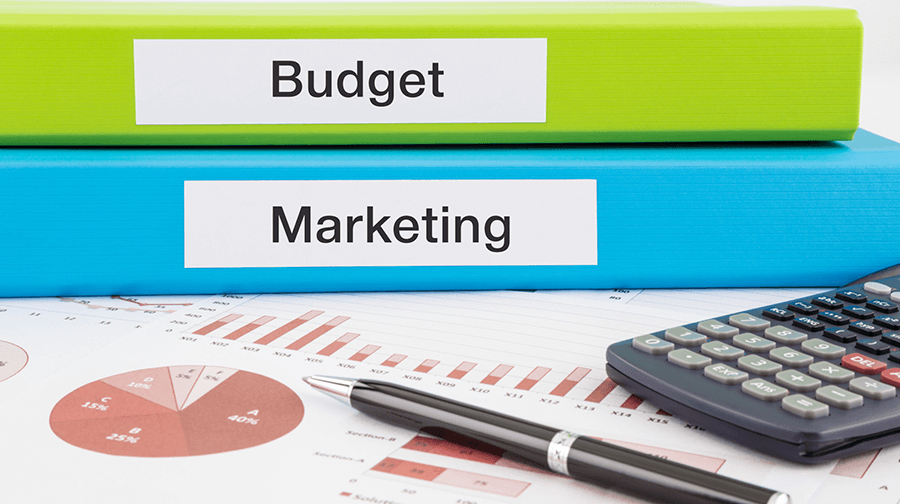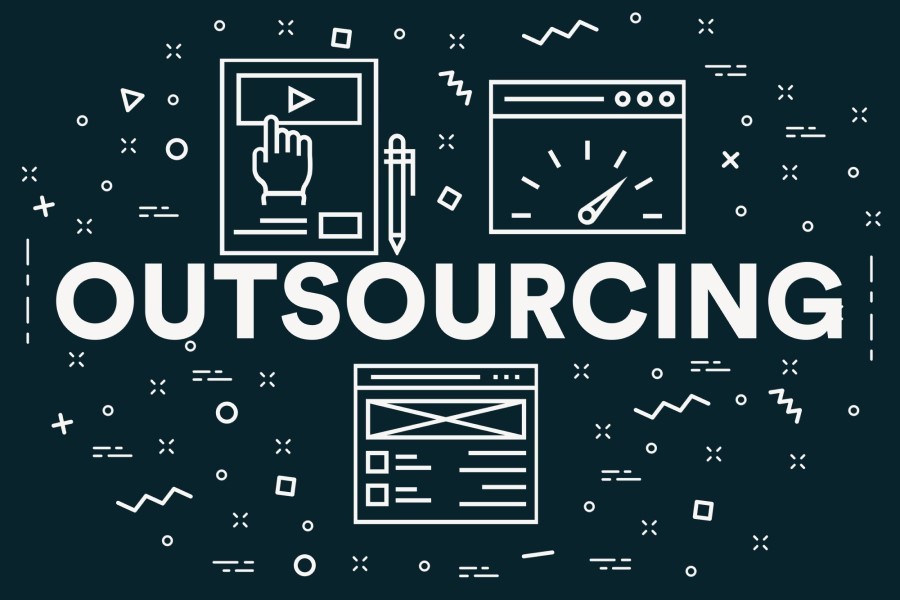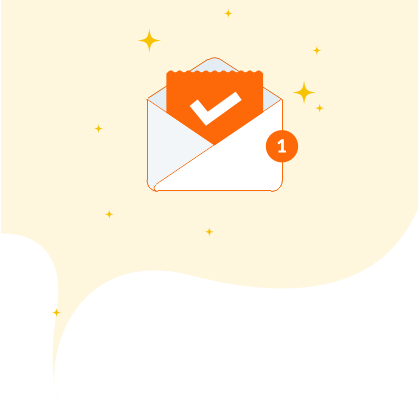
Wondering how to set a small business marketing budget that ensures your venture thrives? You’re not alone. With only about 50% of small businesses making it past the five-year mark, it’s crucial to allocate your resources wisely. And one of the most pressing questions you’ll face is: How much should you invest in marketing?
Don’t worry, we’ve got you covered. Continue reading to unlock the secrets of effective small business marketing budgeting.
Know Your Business Goals
The first step to figuring out your business marketing strategy is to know what goals you want to meet as a small business. Once you have your goals set, you can begin to budget for them. The best way to set goals is to do it the SMART way to set your business up for future success. Each one of the goals you set needs to be specific, measurable, attainable, results-driven, and timely.
When you set SMART goals, you are creating goals that can be broken down and chunked to become more attainable. The best way to do this in the marketing world is to strategically analyze your business needs before setting your goals.
For instance, you may not want to set out a goal to rake in a million dollars in your first year. Maybe $100,000 is a more reasonable goal. Then, you can break that down into monthly revenue to figure out how to make it attainable.
If one of your goals is to create a small business budget for marketing expenses, you should make a spreadsheet and go from there. Figure out what resources you will need to market properly and how much each cost. From there, you can figure out the revenue you will need to profit.
 Know Your Customers and Target Audience
Know Your Customers and Target Audience
Much like any business or industry needs to do, you need to establish a target audience or customer base. The more you know about your audience, the more you can target their specific needs and desires.
Are you looking to market for a small boutique? Do you want to open a wine bar? Each industry and business speaks to their set of customers and who they are as people. To get to know your customers, you have to pin down who they are.
Think about different demographics:
- Gender
- Marital Status
- Age
- Income
- Location
- Hobbies
If you try to market to too many audiences, your business will most likely not be successful. Narrow it down to a niche audience to target the people who will become customers and would like your products. Once you have this information, you can better think of a budget around who you are gearing your marketing towards.
How Much Should a Small Business Spend on Marketing?
Here’s the real question. And there’s not just one answer. How much a small business spends on marketing is going to change based on the season, location, type of business, and the world’s current climate. Think about it. During the COVID-19 pandemic, businesses had to adjust to drastic changes in consumer behavior and local policies. They’ll have to adjust again when the market changes in a few months after more vaccines roll out.
There’s a lot that goes into figuring out a budget for marketing that works for your small business. But it is worth it in the long game to be successful. In general, a small business typically spends anywhere from 5% to 10% of its overall revenue. However, this number is going to change based on your business capacity, the growth you can handle, and the industry of your business.
This number may seem high, but marketing is the only way to get brand awareness out to your target audience. It will help you keep current customers and gain new ones. It is the ultimate way to keep your business afloat.
Since all industries differ in their spending, it’s difficult to provide a specific marketing budget. You’re asking how much should a small business spend on marketing?
Although there are no exact numbers, we can provide you with what you need to consider for your budget:
- Social media marketing
- Brand-related expenses
- Marketing research
- Direct marketing expenses
- Overhead costs
- Ad costs
After putting these expenses down on paper or in a spreadsheet, you’ll be able to better understand what money is coming in. From there, you can decide what you can afford to put out into the marketing world.
 How to Spend Your Marketing Budget
How to Spend Your Marketing Budget
Setting up a marketing budget for your small business begins with knowing where you want the marketing to go. Who do you want your marketing to reach?
In today’s world, over 90% of individuals are internet users. With that knowledge, your small business should strive to make the most of its marketing budget geared toward digital marketing.
The rest of your marketing budget is going to go toward operational costs, any software needed, merchandise, and any events you decide to host.
Why Digital Marketing?
Your main goal is to keep your business alive and growing. To do so, you want to market where the majority of your customers are. In today’s day and age, that’s the Internet.
It’s easy to navigate how your online marketing strategy is paying off because of how easy it is to pull an analytics report. You’re able to see everything you need to know what worked and what didn’t work. You can target your exact audience. They can even begin interacting right away with an ad or post on the Internet.
Before you start marketing, you need to plan where every dime is going. Doing the correct research can save you a lot of money, as many marketing platforms are free. Keep in mind that once you start growing, you will probably have to upgrade. Once you have these answers, you can start to navigate your marketing budget.
Social Media
By next year, it is estimated that social media users will grow to be over three billion. That is three billion people you can reach by simply getting on social media.
Social media is so much more than it used to be. Instead of scrolling through your Facebook feed and seeing what your college friend did last night, you find new clothing lines you may like. In addition to seeing how your best friend is doing on Instagram, you are also seeing ads for the new iPhone or a photography class that you’re probably interested in.
That’s because digital marketing works. The social media algorithms known to push out content that you would want to see. That means, if your small business begins utilizing social media as a form of marketing, you will reach more individuals within your target audience than you otherwise would.
Most social media platforms also have business pages that allow you to create ads, track your business success, engagement rates, and so much more. Investing time, money, and energy into creating social media accounts for your business will help bring in revenue. You will look more professional to potential customers and see a return on investment. If you are afraid of the time investment, you can always hire someone to run all social media accounts for your small business.
Search Engine Optimization
Over 25% of people click on the first website that pops up in a Google search. Search Engine Optimization, or SEO, can improve your website’s rankings in search engines. If you improve your website ranking, you’re moving up on the search engine’s page, like Google, and you’ll be reaching more individuals and potential customers. Not only does your website become easier to find by potential customers, but you are also giving search engines the help they need. They’ll help to sort through businesses and websites that individuals want based on keywords.
To optimize your website, you need to do your research for keywords. These are the words that your target audience will be plugging into a search engine to find a product or service. The more a keyword naturally shows up on your website, the higher you will rank on a search engine.
For instance, if your business is running a boutique, your potential customer may search “boutiques near me.” If you have optimized for this search, your website will show up and attract customers. Once an individual spots your website because you showed up on a search engine, you now can draw them in with great content. If your website has content they want, they’ll keep coming back for more. Without using SEO, you would not be attracting these customers to your page.
One of the greatest benefits of optimizing your site for SEO is that once you get the hang of it, you can do it on your own for free. However, if you’re just starting out, it may make sense to work with an SEO expert to help your website rankings. This will get you ranking higher and will bring you more business!
 Online Advertising
Online Advertising
One of the biggest tactics to increase revenue through online marketing is advertising. Advertisements can be anything from ads that pop up on a target audience’s Facebook page or one that pops up on the top of Google when someone searches a keyword.
Pay-Per-Click Advertising
Pay-per-click advertising, or PPC, is a form of paid online marketing for your small business. Each time someone clicks to visit your website, you will pay whoever created the advertising. Many online platforms offer this service, like Google, Instagram, and Facebook.
Because you are paying per click, this is one of the most expensive ways to advertise online. However, the benefit of it is that you will get a high return on investment.
Social Media Ads
You’ve probably seen one of these ads before, particularly on Facebook or LinkedIn. When scrolling through social media, you may encounter a post that says “sponsored.” This means that someone paid to push out a photo or post to other people on social media who are a part of their target audience.
Display Ads
Display ads refer to visual ads that you see pop up on websites while you scroll through them. They usually show up to people who they are relevant to based on a customer’s previous search history.
 Email Marketing
Email Marketing
The average working American spends 2.5 hours on email per day. Email marketing is one of the best ways to keep your customers engaged and coming back for more products. You can advertise your brand through these emails and increase sales as well.
Staying consistent with your email marketing campaigns is vital to the success of your small business. Sending blast newsletters to your customers can release a lot of information in one email.
In addition to staying consistent with weekly newsletter campaigns, you also need to create lead magnets to grow your email list. Lead magnets are products you give away for free in exchange for an email address.
For instance, if you are a small travel business, you could give away a guide to traveling during COVID-19 for free to get more customers to sign up.
If you’re looking to grow your email list, you’ll want to make sure your lead magnets are actionable to get more subscribers.
Make sure your lead magnets are:
- Actionable: Is there a call to action?
- Consumable: Is the lead magnet easy to read and digest by a consumer?
- Relevant: Will your customers enjoy the lead magnet that you are putting out? Is it relevant to them?
- Readily Available: Will your lead magnet go straight to their inbox?
With a steadily growing email list that you own, you’ll be growing your brand and relationships with customers.
Partnership Marketing
In an up-and-coming industry, working with partners on social media is a considerable way to advertise to more people. As a small business, you can partner with smaller influencers on social media, like TikTok or Instagram, to promote your brand. You will also reach audiences that you wouldn’t have otherwise reached.
Whether you choose to pay influencers or give out free products is up to the budget you create. It may be worth starting with free products and then adding in some paid sponsorships to increase your market reach.
When working with influencers, you will gain more customers for two reasons. Your products or services are reaching more people. They are also being promoted by influencers that potential customers trust. Because of these reasons, you will get more people to convert to you as a customer.
Working with influencers is easier than it ever has before! If you don’t want to reach out directly to an influencer, you can sign up for multiple different websites that connect you with potential partnerships. The benefit of these websites is that you are connected with influencers who are willing to promote your product and have the target audience that you want.
Operations
Running a small business costs money. Moreover, you are running specific marketing operations that also cost money. There are a few things you need to consider when considering operational costs for your business:
- Technology and software needed to advertise properly
- Employee salary costs for those who are part of the marketing team
- Ad costs
- Computers for employees
- Increases in the competitor market
Although there will be overhead costs associated with marketing, there are also ways to cut these costs!
When it comes to marketing, you can do the following:
- Buy materials in bulk
- Promote your business at strategic times (this may cost money upfront to figure out the right times)
When creating your marketing budget, you have to consider every item that you may have to run your marketing sector. Although they may seem like minuscule costs at first, they can add up over time.
Software
Although it seems intimidating, there are many options to ease the fear and stress around online marketing. To get your small business started with digital marketing, many software platforms can do a lot of the heavy lifting for you. From email software to iPhone apps that help you create social media posts that post automatically, this different software can help save you time and energy.
Branded Merchandise
The branded merchandise industry generated over 24 billion dollars in 2019. Branded merchandise is a great way to bring awareness to your brand and business. Giving people a product that they’d want but also has your business name is a double whammy. Not only are you gaining money in real-time, but you are also getting your name out to more people.
Although branded products can bring in revenue, you have to be certain you are budgeting properly to make a profit. When considering what you want to sell, consider the price of manufacturing and other costs associated with production. In addition to budgeting, you need to choose products that are going to fit well with your target audience.
You also want to consider how many products you can afford to give away for free to spread brand awareness as well. Through this marketing platform, you’ll be grabbing people’s attention quickly and keeping others engaged. As a bonus, if they like your product, they’ll keep coming back and purchasing on their terms.
Events
Events are one of the more traditional ways to bring in more customers and market your brand. Although this doesn’t entirely fall under the digital marketing sphere, it makes sense to allocate part of your marketing budget to hosting events.
Your small business can host various events like wine and learns, virtual webinars, holiday parties, meet and greets, and more. With every event you put on, you’ll be spending money.
You need to consider the costs associated with hosting events. Decorations, music and entertainment, catering, photography, and promoting the event itself all cost money. This money has to be in your marketing budget to ensure you’re on track to owning a successful business.
Although events can add up, there are ways to reduce costs:
- Have an employee who enjoys taking photos be the photographer for the event.
- Plug in your phone and pick a playlist to save money on a DJ.
- Choose to promote the event on platforms you are already using, like social media and your website. This will save extra costs.
- Host a virtual event or webinar to save money on the cost of food and drinks.
Hosting events is a great way to form relationships with your customer base and gain more customers! Yet, doing it smartly will help bring in more profit eventually.
 Consider Hiring A Marketing Agency
Consider Hiring A Marketing Agency
Navigating the maze of small business marketing budget decisions doesn’t have to be a solo journey. If you’re still wondering how much to allocate for marketing, you’re not alone—and that’s perfectly okay.
At David Taylor Digital, we specialize in demystifying the budgeting process and aligning it with impactful marketing strategies. From web design and SEO strategies to brand messaging and social media planning, we offer a comprehensive suite of digital marketing services tailored to your unique business needs.
Ready to take the guesswork out of your marketing budget?
Contact us today and let’s build a roadmap to your small business success!
 How to Spend Your Marketing Budget
How to Spend Your Marketing Budget Online Advertising
Online Advertising Email Marketing
Email Marketing Consider Hiring A Marketing Agency
Consider Hiring A Marketing Agency


